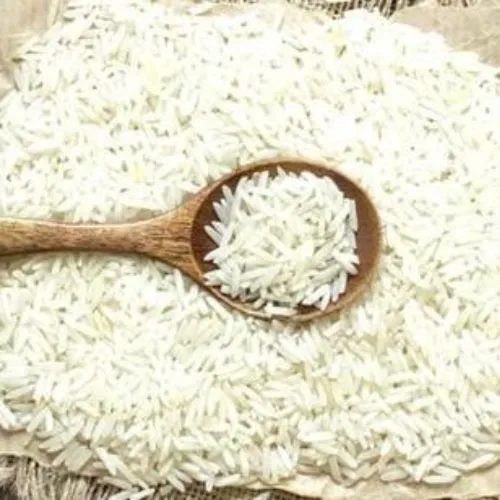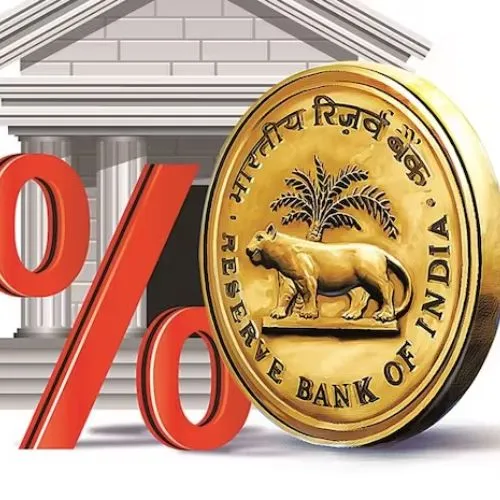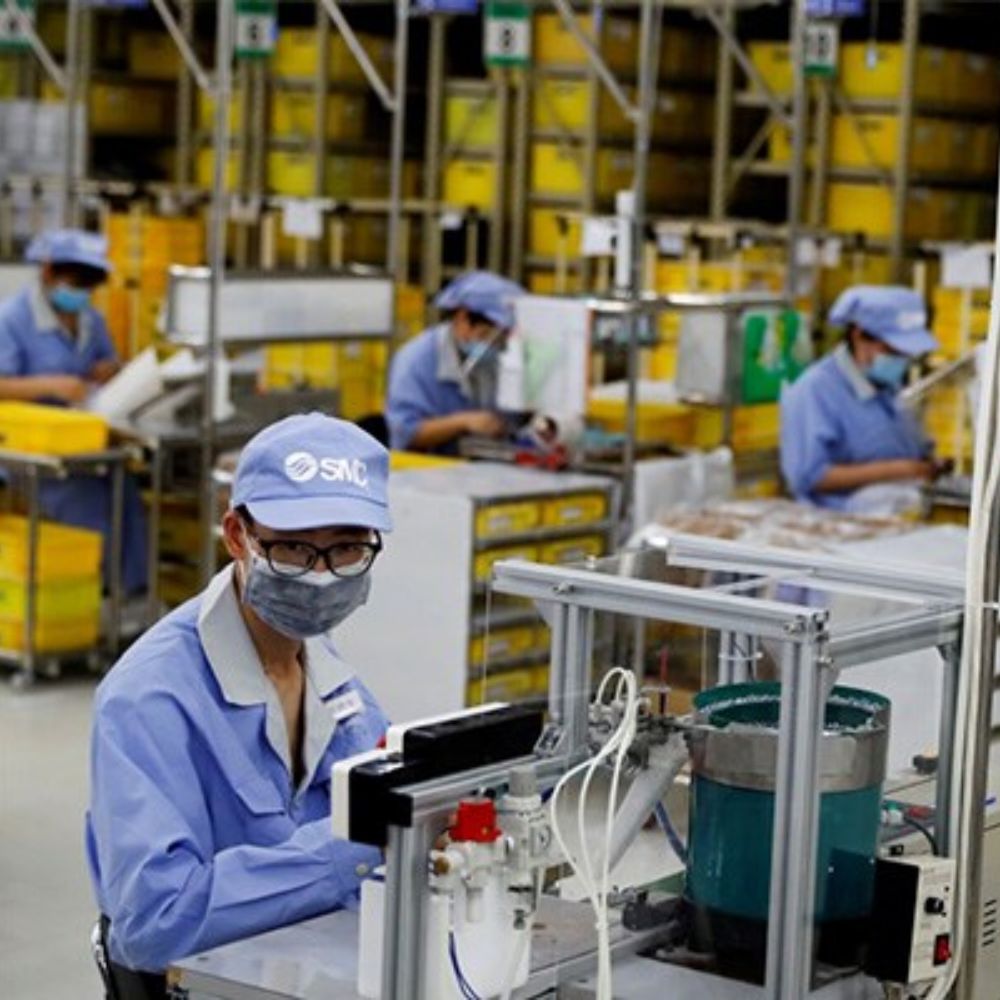India’s manufacturing sector demonstrated continued resilience in July, as indicated by a private business survey conducted by S&P Global. While the pace of expansion eased for a second consecutive month, the overall growth remained healthy, reflecting the robust footing of Asia’s third-largest economy.
Moderation in Output and New Orders
The Manufacturing Purchasing Managers’ Index (PMI) for India, compiled by S&P Global, dipped slightly to 57.7 in July from June’s 57.8. Nevertheless, the reading surpassed the Reuters poll expectation of 57.0 and marked over two years of the index remaining above the 50-mark, which separates expansion from contraction.
India Outshines Other Major Producers
Despite witnessing declines in manufacturing activity in other major economies, India’s manufacturing sector stood out as one of the star performers globally. This performance was attributed to the sector’s ability to buck the trend of demand weakness seen in other parts of the world. Andrew Harker, economics director at S&P Global Market Intelligence, noted the continued growth momentum in the Indian manufacturing sector, with production lines operating strongly due to robust new order growth.
Robust New Orders and Foreign Demand Boost Exports
In July, new orders in the Indian manufacturing sector remained robust, while output growth moderated to a three-month low but still maintained strength. Furthermore, foreign demand played a significant role in stimulating exports, with export growth reaching the fastest pace since November.
Optimism for the Future and Increased Employment
Despite some moderation, the future outlook for the manufacturing sector remained optimistic. Firms expected activity to stay elevated over the coming year, as indicated by the high future output sub-index of 65.3. This positivity encouraged firms to hire more workers in July, continuing the trend of solid employment expansion. The pressure on capacity prompted the increase in employment, and this trend is likely to persist if demand remains strong in the months ahead.
Inflationary Pressures and Uncertainty
The survey also highlighted concerns regarding inflation. Input prices rose at the fastest pace since October, which in turn led to an increase in output prices. However, the rate of output price growth was slower than in the previous month, indicating uncertainty surrounding inflation. In June, annual retail inflation in India rose to 4.81%, ending a four-month period of easing. Market participants are anticipating that the Reserve Bank of India will maintain its key policy rate at a high level for a more extended period to address these inflationary pressures.
Conclusion
India’s manufacturing sector showcased resilience and continued growth in July, despite some moderation in output and new orders. The sector outperformed other major global producers, and robust new orders and foreign demand contributed to a favorable export performance. The optimistic outlook encouraged firms to expand employment, while inflationary pressures remained a concern. The positive performance of the manufacturing sector indicates that India’s economy remains on solid footing, boding well for its future prospects.














